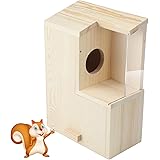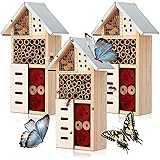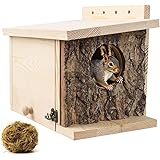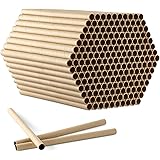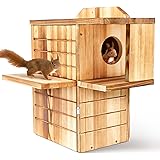Ladybugs are well known for devouring aphids and other pests in gardens and on farms. But do you know that they have a fascinating life cycle that starts out with eggs, and then goes on to larvae and pupae before becoming adults? Let’s take a closer look.
A female ladybug lays her tiny, golden-colored eggs on the underside of leaves, usually near an aphid colony. After a few days, the eggs hatch into odd-looking creatures called larvae. The larvae eat their way through the aphid colony and, in the process, consume about 25 aphids a day! As they eat, the larvae shed their old skin (also called cuticle) several times. After each shedding, the larva absorbs water to expand and stretch its new exoskeleton. As it does so, the new exoskeleton hardens and darkens. The molting process is necessary for the larva to accommodate its growth as it proceeds towards the next stage in the ladybug life cycle, the pupal stage.
Once the larva has reached a certain size, it stops eating and attaches itself to a leaf. Then the fun begins! The pupal stage lasts for about a month, during which the insect undergoes significant internal and external changes. The physical transformation is accompanied by the formation of histoblasts, cells that develop into adult structures such as wings and legs. The immobile pupa is surrounded by an outer covering, referred to as a pupal case or cocoon, that is recognizable by its orange segmented appearance and black spots.
During the pupal phase, ladybugs are protected from potential predators by their protective shell and stored nutrients. They rely on these resources to sustain them until they emerge as adults. When ready, the male and female ladybugs mate. They may do this at specific times of the year in temperate regions, or opportunistically throughout the year in tropical areas. Females use pheromones to attract males and, after successful mating, the fertilized eggs are laid.
In the upcoming weeks, the fertilized eggs will develop into juveniles and prepare for the next stage in their life cycle. Juvenile ladybugs are aphid-eating machines that can produce many more of their kind, as long as the conditions are right.
To learn more about the amazing ladybug life cycle, get ahold of a Pop-Up Insect Habitat and some paint in your favorite ladybug colors. You’ll also need a potato (cut in half), art paper, and a marker. Dip the round, cut end of the potato into the paint, then press it firmly onto your paper to create a ladybug body. This is a great activity to do with kids to help them understand the different stages of the ladybug’s life. You can even do this in your garden to watch the ladybugs go about their business! If you have questions or comments, please leave a note in the comments section below. We would love to hear from you! Thanks for reading!



